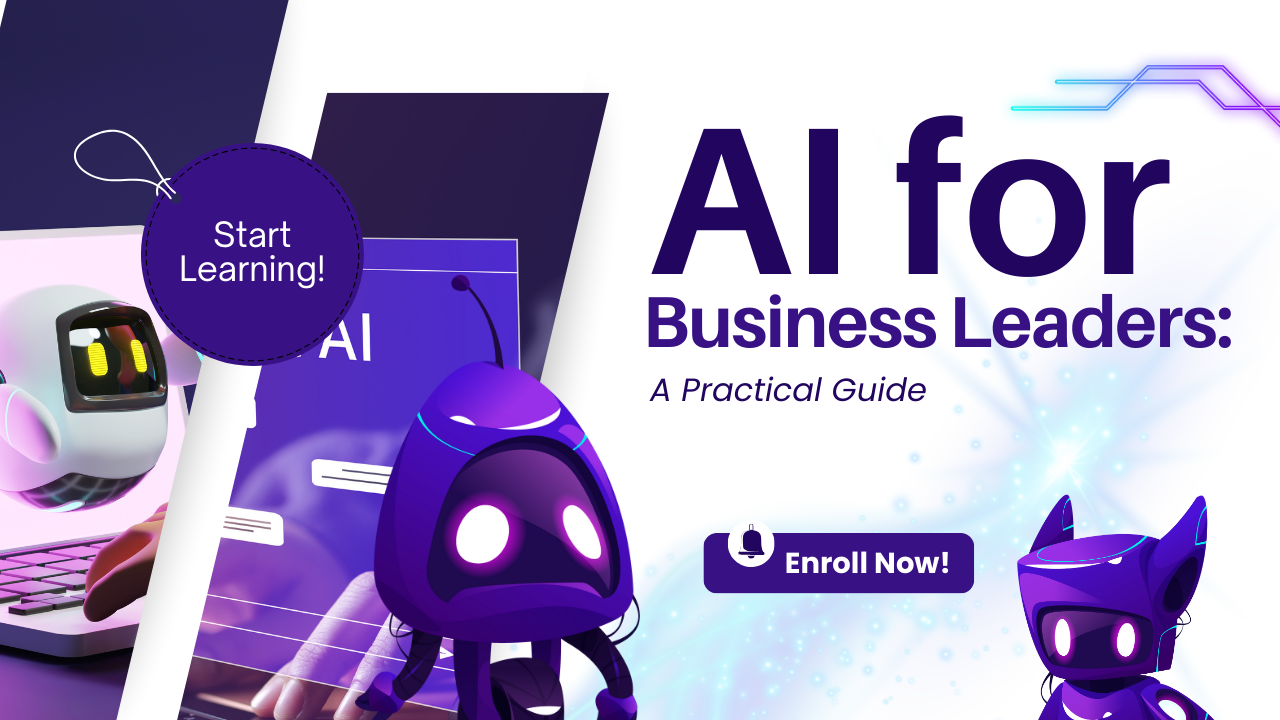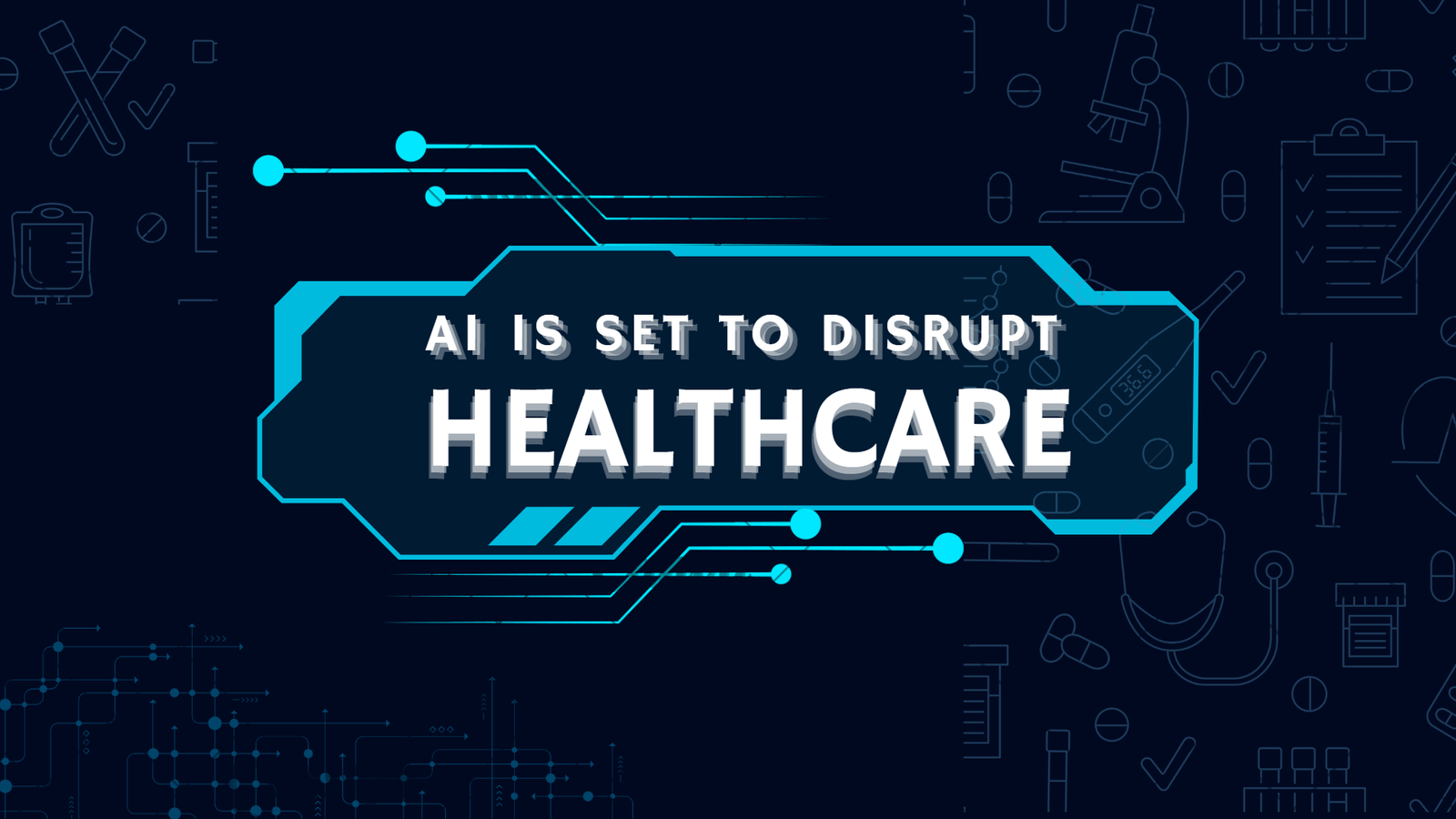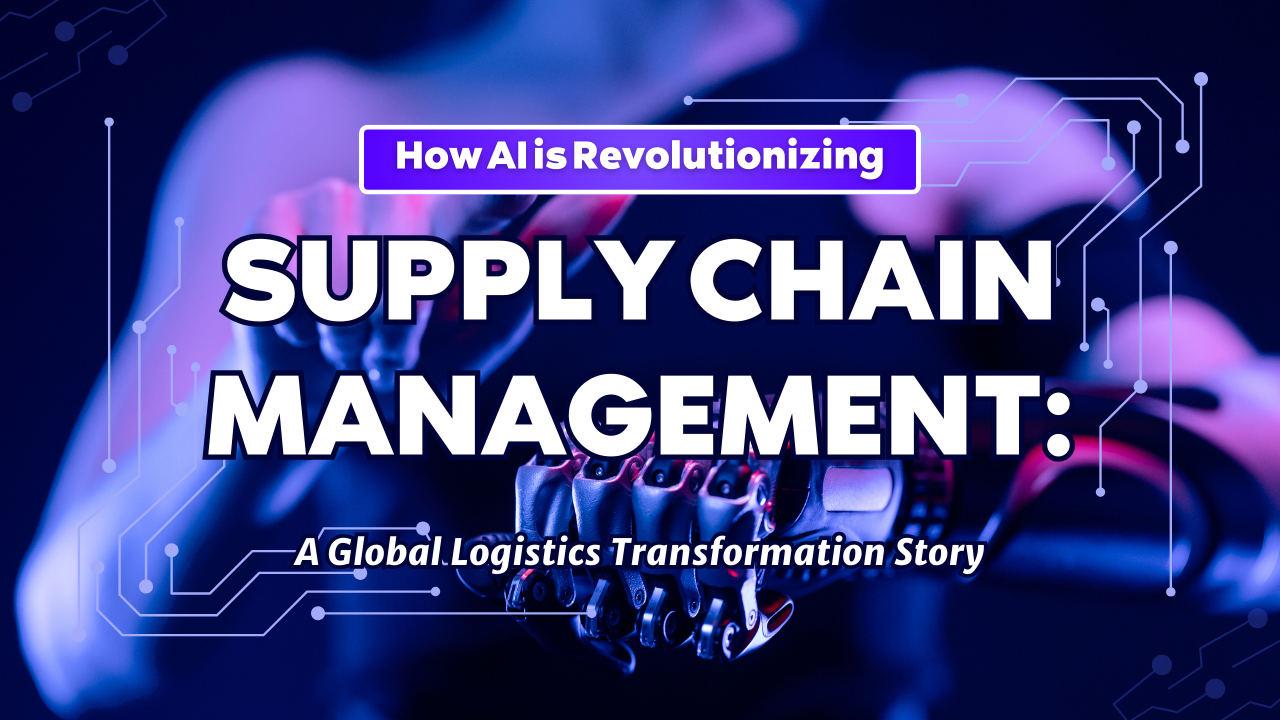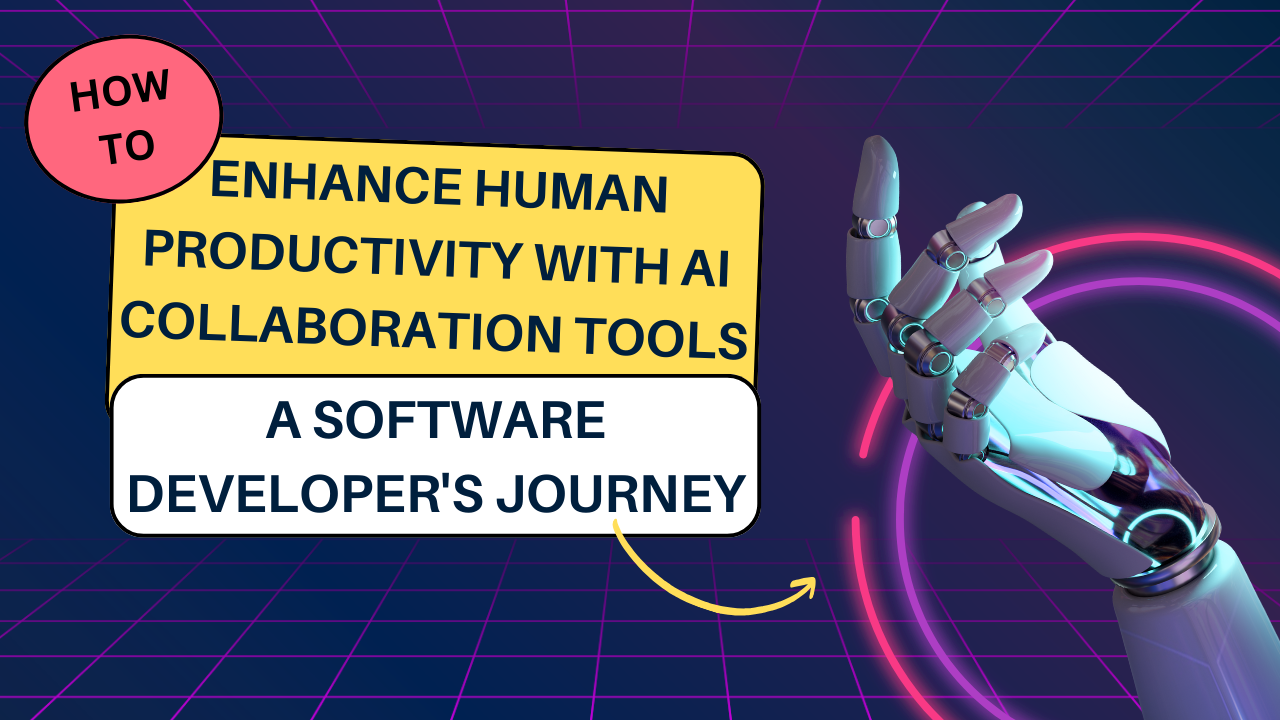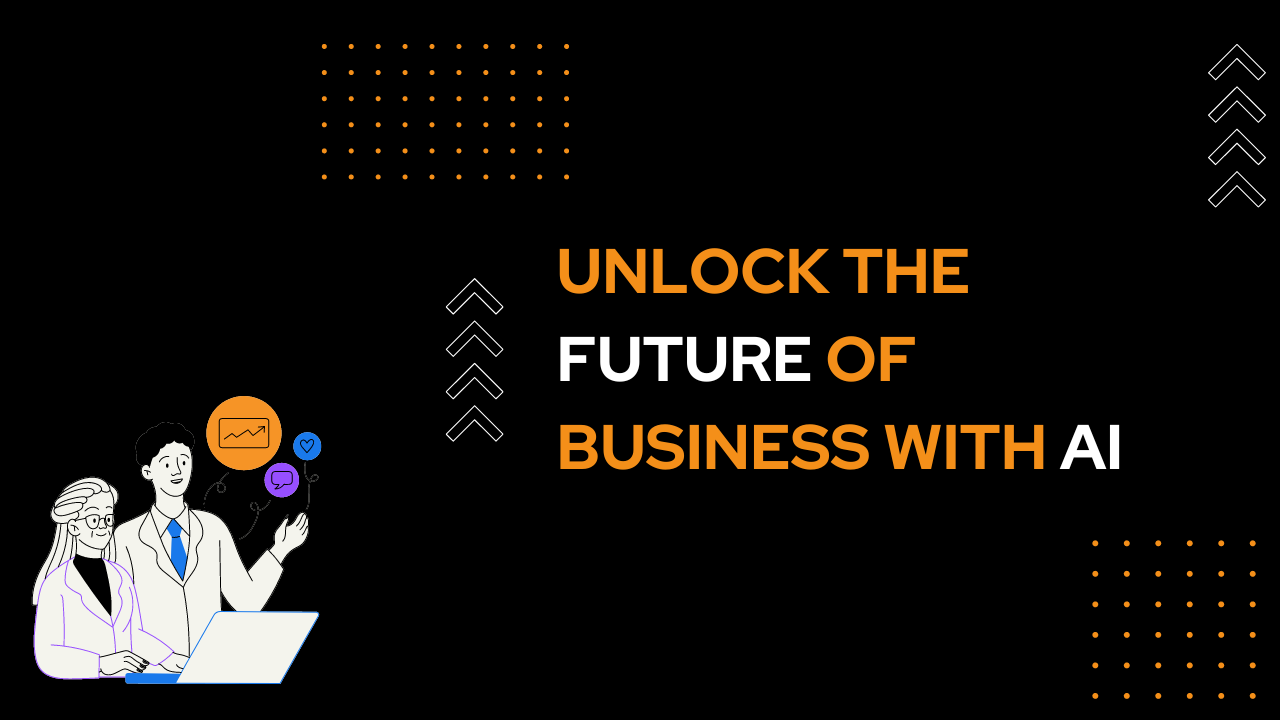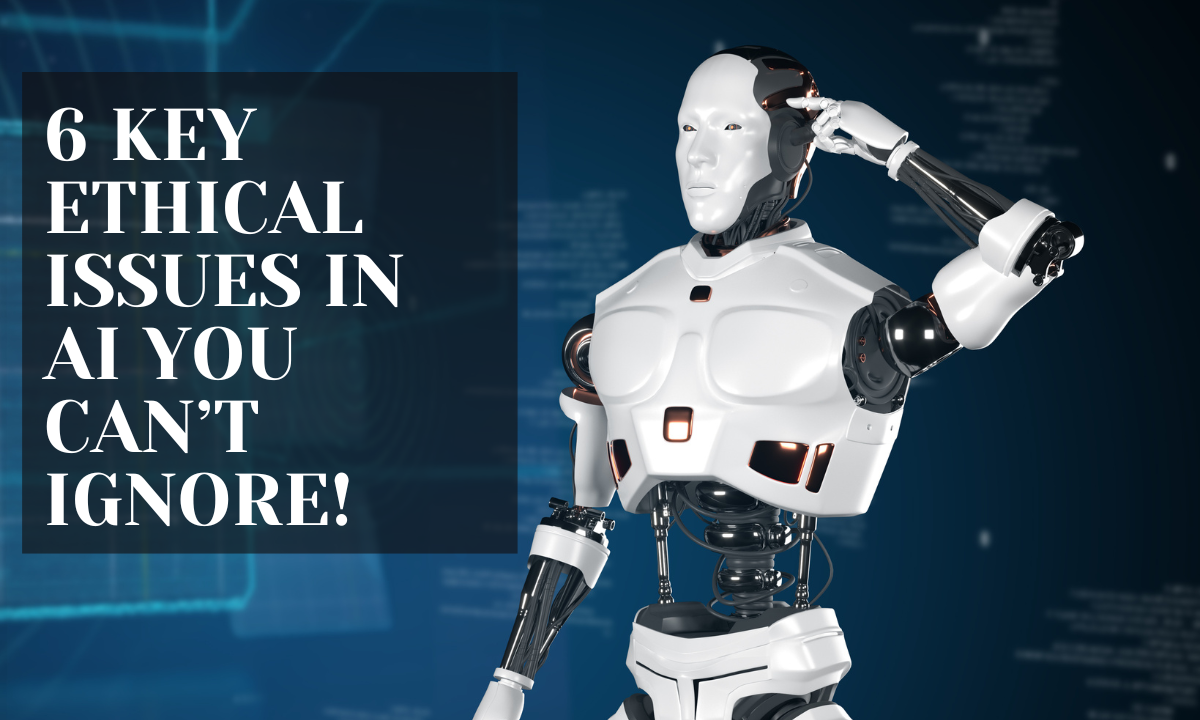When Kriti Chen arrived at work that Monday morning, she had no idea her role as Chief Information Security Officer at MediTech Solutions would put her at the center of a watershed moment in cybersecurity. The hospital network’s threat detection systems had been lighting up since 3 AM, but this time something was different. The usual barrage of alerts had been automatically sorted, prioritized, and handled by their newly implemented artificial intelligence security system – a decision that would prove crucial in the hours to come.
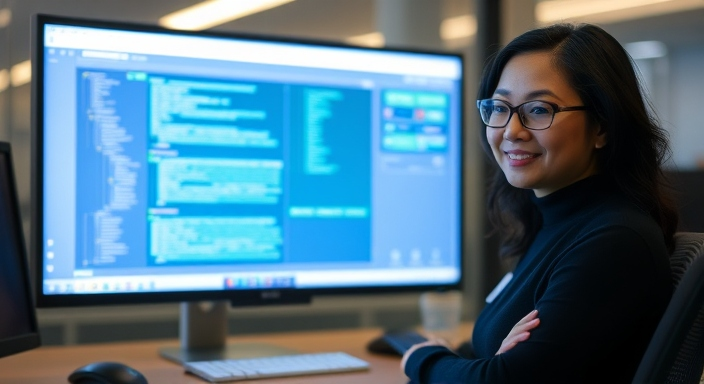
The Wake-Up Call: A Modern Security Challenge
“We’re seeing unusual patterns in the oncology department’s data access,” reported James, her lead security analyst. “But our AI system caught it before any data could be exfiltrated.” The tension in his voice reflected the gravity of the situation. MediTech Solutions, with its network of 15 hospitals and over 200 clinics across the country, had been preparing for such an event, but the sophistication of this attack would test their defenses like never before.
As Kriti gathered her team in the security operations center, the screens displayed a complex web of attempted intrusions, each automatically categorized and color-coded by their machine learning algorithms. The system had already initiated countermeasures, but this was just the beginning of what would become a three-day battle against one of the most sophisticated cyber attacks in healthcare history.
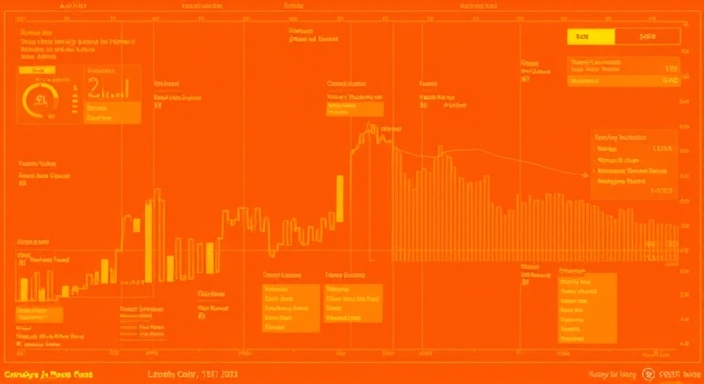
The Threat Landscape
The attempted breach at MediTech Solutions wasn’t random. Like many healthcare organizations, they’d been targeted by sophisticated actors interested in valuable patient data and intellectual property. But unlike previous attacks, this one employed advanced persistent threats (APTs) that traditional security measures might have missed.
The Evolution of Cyber Threats
- The landscape of ransomware attacks has transformed dramatically over the past decade, evolving from simple encryption schemes into sophisticated multi-staged operations that can simultaneously cripple entire healthcare networks while exfiltrating sensitive patient data before initiating the encryption process.
- The discovery and weaponization of zero-day exploits has accelerated to an unprecedented pace, with advanced attack groups now capable of developing new exploitation techniques faster than traditional security teams can update their defensive measures and patch vulnerabilities.
- Modern social engineering tactics have reached new levels of sophistication, leveraging artificial intelligence to create convincing deepfake videos and voice recordings that can deceive even experienced security professionals into granting unauthorized access to sensitive systems and networks.
- The exploitation of supply chain vulnerabilities has expanded in complexity and scope, with attackers now targeting not just immediate vendors but also fourth and fifth-party suppliers to gain access to their ultimate targets through trusted relationships and legitimate credentials.
How AI Changed the Game
As Kriti’s team investigated the attempted breach, they realized their AI-powered security platform had detected several subtle anomalies that would have been impossible for human analysts to spot in real-time. The system’s ability to process and correlate massive amounts of data had proven invaluable in identifying the attack at its earliest stages.

The Technical Detection Process
The AI system had identified multiple sophisticated attack vectors through its advanced analysis capabilities:
- Database Query Analysis: The system detected microsecond variations in query patterns that indicated automated data extraction attempts disguised as routine medical record access, something that would have appeared completely normal to human observers.
- Network Traffic Monitoring: By analyzing packet-level data across their entire network, the AI identified communication patterns consistent with command-and-control servers, despite the attackers’ sophisticated attempts to blend in with normal traffic patterns.
- User Behavior Analytics: The system flagged subtle anomalies in staff behavior, such as unusual access times and irregular data access patterns, even though each individual action appeared legitimate when viewed in isolation.
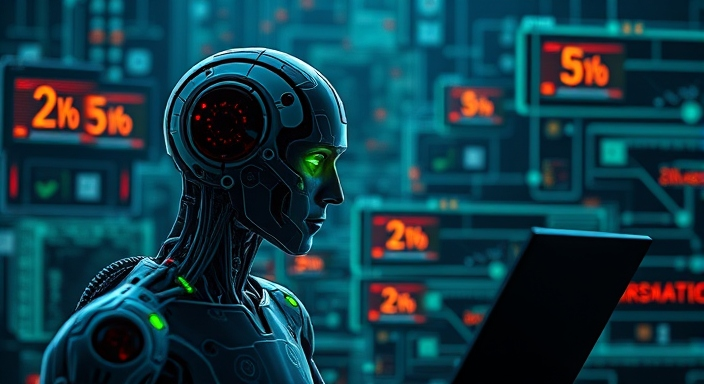
Key AI Security Tools in Action
The incident at MediTech Solutions showcased several leading AI security solutions working in concert to protect their infrastructure:
- Darktrace’s Enterprise Immune System demonstrated its remarkable capability by establishing a comprehensive understanding of normal network behavior and identifying subtle deviations that signaled potential threats before they could materialize into actual breaches or data loss incidents.
- CrowdStrike’s Falcon platform provided robust endpoint protection by leveraging real-time threat intelligence gathered from millions of sensors worldwide, enabling the system to identify and block novel attack patterns as they emerged in the wild.
- IBM’s Watson for Security proved invaluable by analyzing thousands of security documents and threat intelligence reports in real-time, providing crucial context that helped the team understand the nature of the attack and predict the attackers’ likely next moves.
- Cylance’s predictive AI offered enhanced threat prevention at the endpoint level, using sophisticated mathematical models to identify and block malicious activities before they could execute on target systems.

The Power of Machine Learning in Action
When Kriti’s team reviewed the logs, they found that their ML algorithms had processed over 10,000 security events per second, automatically classifying and responding to threats based on sophisticated analysis techniques:
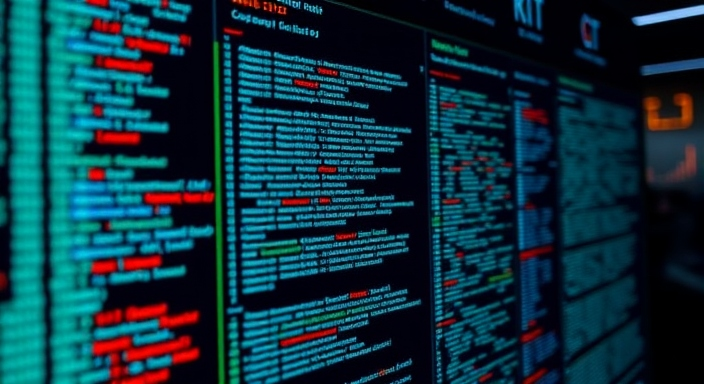
Advanced Analytics Capabilities
- The implementation of behavioral analytics allowed the system to create detailed baseline profiles of normal user and system activities, enabling the rapid identification of anomalous behavior patterns that might indicate compromise or attack.
- Sophisticated pattern recognition algorithms continuously analyzed network traffic and system logs to identify subtle indicators of compromise that traditional signature-based detection systems would have missed entirely.
- Advanced anomaly detection systems leveraged neural networks to process massive amounts of data and identify subtle deviations from normal patterns that could indicate the presence of advanced persistent threats or zero-day exploits.
- Cutting-edge predictive analysis capabilities enabled the security system to anticipate and prevent potential attack vectors before they could be successfully exploited by malicious actors.
Real-Time Response and Adaptation
The most impressive aspect of the AI system’s response wasn’t just its speed – it was its ability to learn and adapt in real-time. As the attackers changed their tactics, the security AI adjusted its defenses accordingly, demonstrating the power of dynamic security responses.

Automated Response Capabilities
The system’s response protocol followed a sophisticated multi-stage process:
- Initial Detection and Classification: Within milliseconds of detecting suspicious activity, the AI system classified the threat based on its extensive knowledge base and historical attack patterns.
- Risk Assessment and Prioritization: The system calculated risk levels for each detected threat using a complex algorithm that considered potential impact, asset value, and attack sophistication.
- Automated Containment Measures: Based on the risk assessment, the AI implemented appropriate containment measures, ranging from increased monitoring to full network segment isolation.
- Continuous Learning and Adaptation: Throughout the incident, the system updated its threat models and response patterns based on the effectiveness of its containment measures.
The Human Element: AI-Human Collaboration
Kriti’s experience highlighted a crucial lesson: artificial intelligence isn’t replacing human security experts – it’s empowering them to work more effectively and efficiently. “The AI handles the heavy lifting of data analysis and initial response,” Kriti explained, “allowing our team to focus on strategic decision-making and complex investigations that require human insight and creativity.”
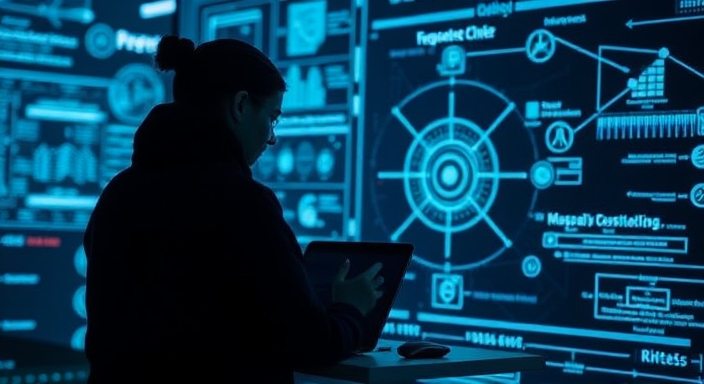
Effective Integration Strategies
The MediTech Solutions team developed several key strategies for optimal AI-human collaboration:
- The security team established clear protocols for when human intervention was required, ensuring that critical decisions remained under human control while allowing the AI system to handle routine threats autonomously.
- Regular training sessions helped security analysts understand how to effectively interpret and act on the AI system’s recommendations, creating a more efficient and effective security response process.
- The team implemented a feedback loop where human analysts could provide input to improve the AI system’s decision-making capabilities, leading to continuously improving security responses.
Implementing AI Security: Lessons from MediTech
Based on their experience, Kriti’s team developed a comprehensive framework for organizations looking to enhance their security with AI:

Strategic Implementation Steps
- Foundation Building
- Organizations must begin by conducting a thorough assessment of their current security infrastructure and identifying specific areas where AI can provide the most significant improvements.
- Security teams should establish clear metrics for measuring the effectiveness of AI implementations and set realistic goals for system performance.
- Companies need to develop comprehensive data governance policies that ensure AI systems have access to high-quality training data while maintaining privacy and compliance requirements.
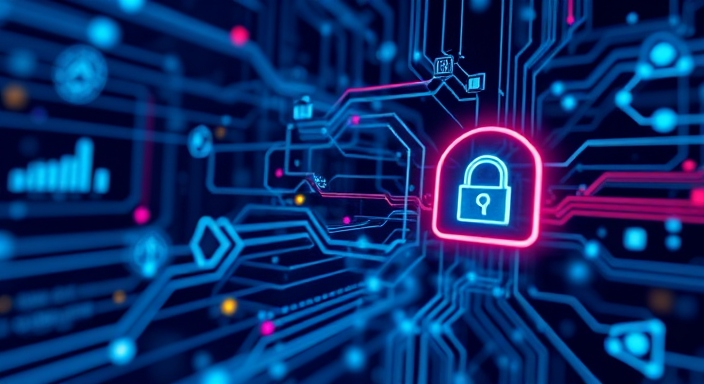
- Tool Selection and Integration
- Security teams should carefully evaluate potential AI platforms based on their specific security needs and existing infrastructure requirements.
- Organizations must consider the integration capabilities of AI security tools with their existing security infrastructure and workflows.
- Teams need to assess the scalability requirements of potential AI solutions to ensure they can grow with the organization’s needs.
- Operational Excellence
- Companies should establish clear protocols for monitoring and maintaining AI security systems to ensure optimal performance.
- Organizations must develop comprehensive training programs to ensure security teams can effectively work with AI systems.
- Regular audits and assessments should be conducted to verify the effectiveness of AI security implementations.
The Future of AI in Cybersecurity
The attempted breach at MediTech Solutions pointed to several emerging trends in AI security that are likely to shape the future of cybersecurity:
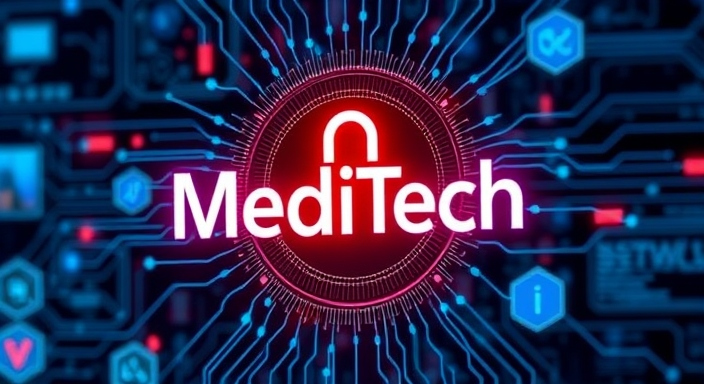
Emerging Technologies and Trends
- Advanced deep learning systems are being developed that can identify zero-day threats with unprecedented accuracy, potentially preventing attacks before they can be successfully executed.
- Sophisticated natural language processing capabilities are enabling better threat intelligence sharing and analysis across organizations and security teams.
- The development of quantum computing resistant encryption algorithms is becoming increasingly important as quantum computing capabilities continue to advance.
- Enhanced automated response systems are becoming more autonomous while maintaining appropriate human oversight and control.
Recommendations for Businesses
Drawing from MediTech’s experience, here are key steps organizations should take to enhance their security posture:
Strategic Implementation Planning
- Infrastructure Development
- Organizations should invest in upgrading their data collection and analysis capabilities to support AI security implementations.
- Companies need to implement robust monitoring tools that can provide the data necessary for effective AI security operations.
- Businesses must ensure they have scalable computing resources available to support AI security operations.
- Expertise Development
- Organizations should invest in training existing security teams on AI security concepts and operations.
- Companies need to consider hiring AI specialists to support their security operations.
- Businesses should develop partnerships with security vendors who can provide ongoing support and expertise.

- Strategic Planning
- Organizations must develop comprehensive AI security roadmaps that outline both short-term and long-term goals.
- Companies should plan for gradual implementation of AI security capabilities to ensure successful adoption.
- Businesses need to establish clear metrics for measuring the success of their AI security implementations.
Conclusion: The New Era of Cybersecurity
The attempted breach at MediTech Solutions became more than just another security incident – it emerged as a compelling case study in the power of AI-powered security. Thanks to their advanced systems, not a single patient record was compromised, and the attack patterns identified helped strengthen security across the entire healthcare sector.
Kriti Chen now regularly shares her team’s experience at cybersecurity conferences, emphasizing how artificial intelligence isn’t just another tool in the security arsenal – it’s fundamentally changing how we think about protection in the digital age.
“The threats we face are evolving at machine speed,” she often concludes. “Thanks to AI, we can now defend at machine speed too. But more importantly, we’ve learned that the future of cybersecurity lies in the perfect balance between artificial intelligence and human expertise.”
Key Takeaways
- Modern AI security systems can process and respond to threats faster than traditional methods while maintaining high accuracy and effectiveness.
- Human expertise remains crucial for strategic oversight and complex decision-making in cybersecurity operations.
- Investment in AI security infrastructure is becoming essential for organizations seeking to protect against modern cyber threats.
- The future of cybersecurity lies in the seamless integration of AI capabilities with human expertise and oversight.
For organizations looking to enhance their cybersecurity with AI, resources like NIST’s Cybersecurity Framework and the MITRE ATT&CK Framework provide valuable guidance for implementation and best practices.
Latest News Articles & Updates
In recent developments, Fortinet, a leader in cybersecurity, has experienced a 60% increase in stock price year-to-date, outperforming the S&P 500. The company offers AI-enabled tools for detecting and preventing cyber threats and is also working to mitigate threats posed by AI itself. (investors.com)
Additionally, the outgoing head of the U.S. Department of Homeland Security, Alejandro Mayorkas, has warned that Europe’s “adversarial” relationship with technology companies is hindering a global approach to regulating artificial intelligence (AI), which could result in security vulnerabilities. (ft.com)
These developments underscore the critical need for robust AI-powered cybersecurity measures to protect against evolving threats in the digital age.
Remember: The journey to AI-powered security is a marathon, not a sprint. Start with clear objectives, build strong foundations, and gradually expand capabilities as your organization’s needs evolve. The future of cybersecurity depends on our ability to effectively harness the power of AI while maintaining the crucial human element that makes security truly effective.

